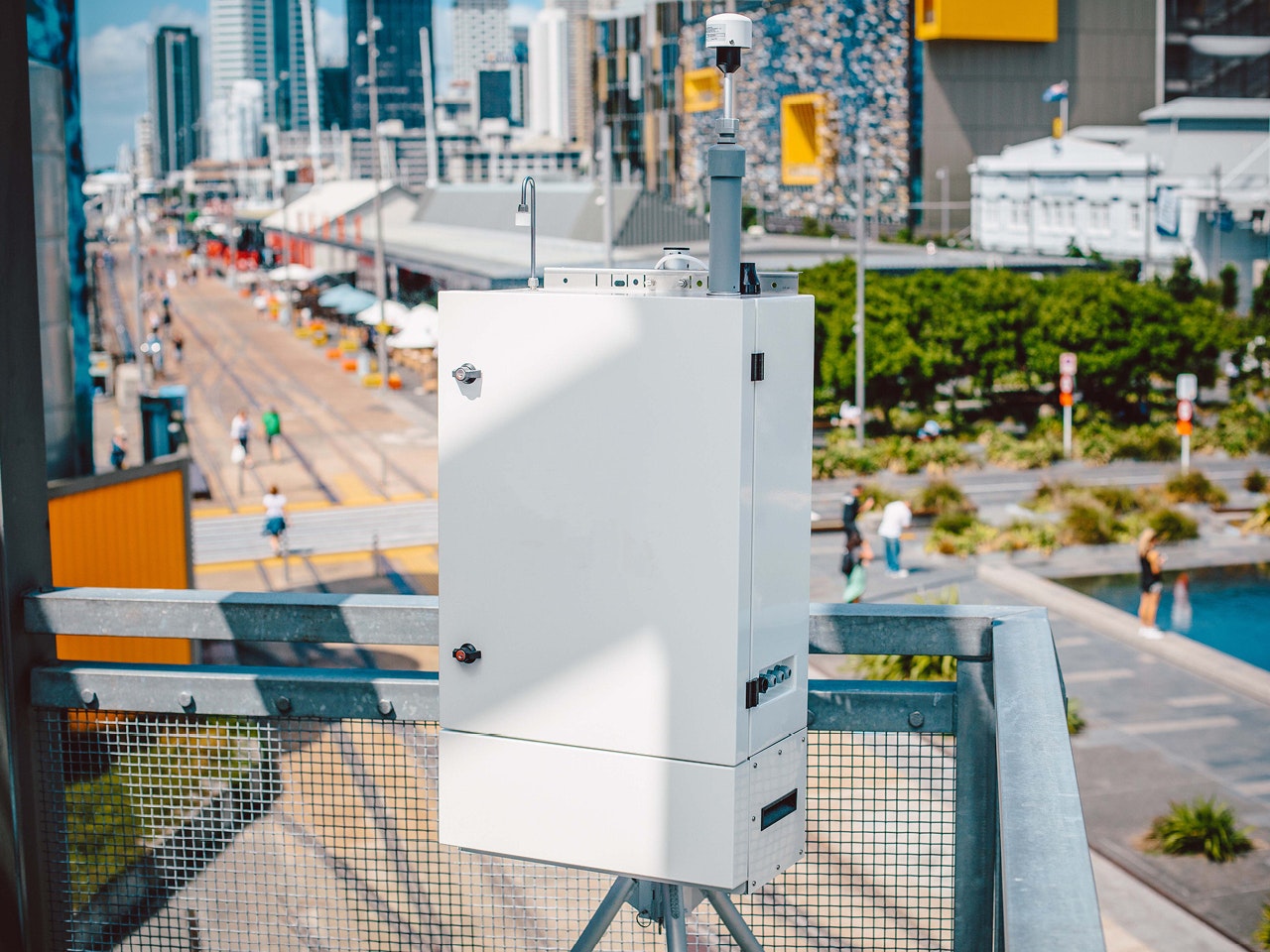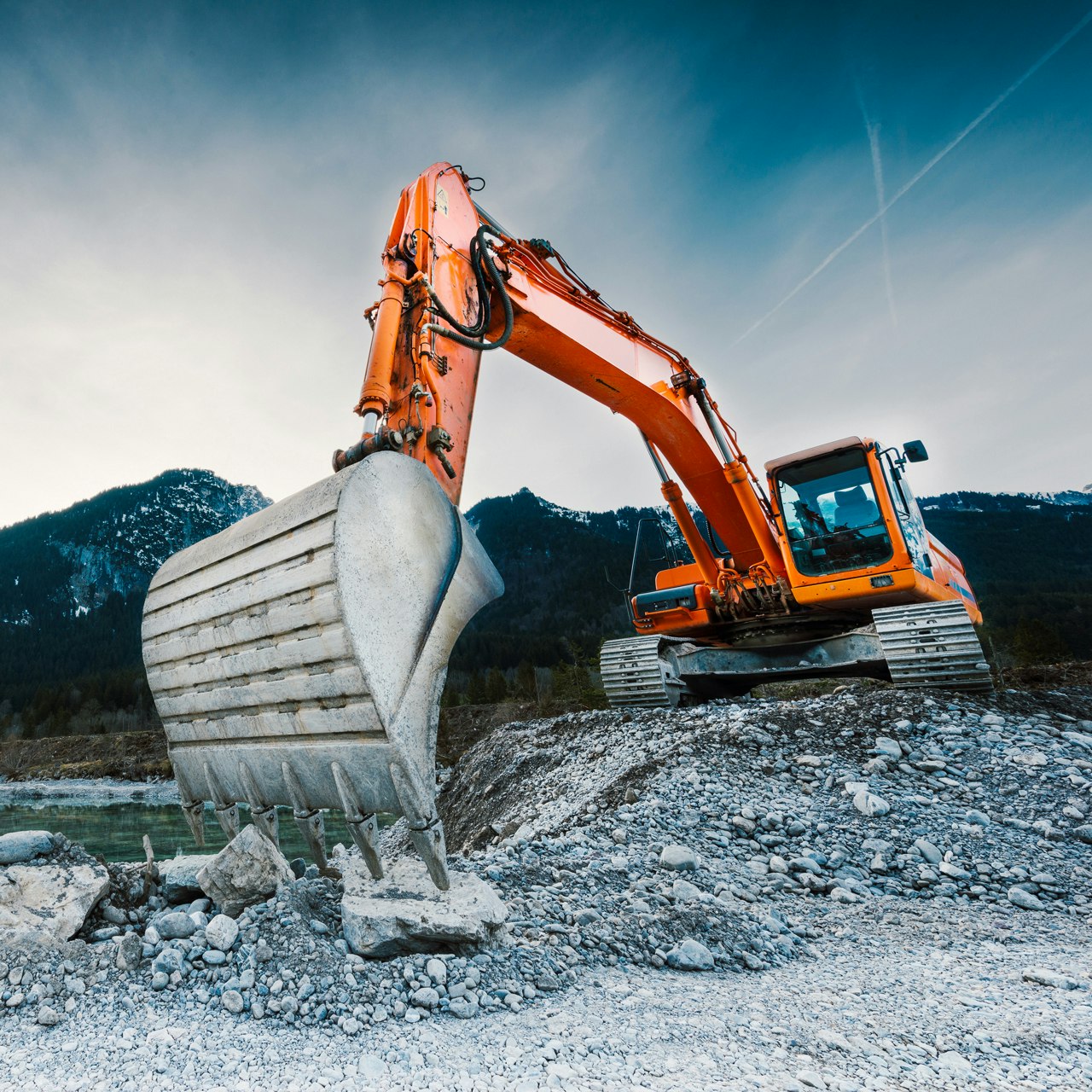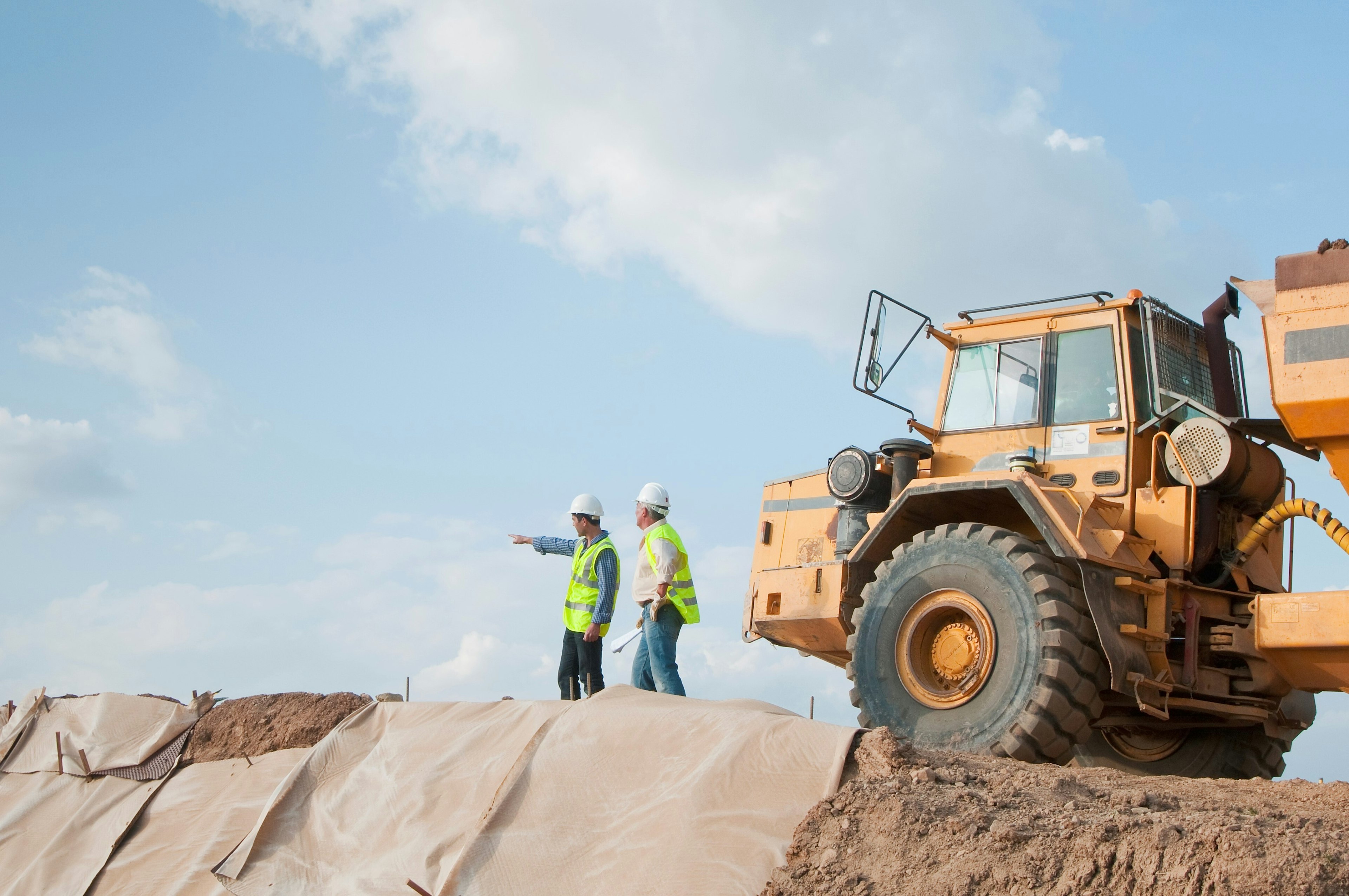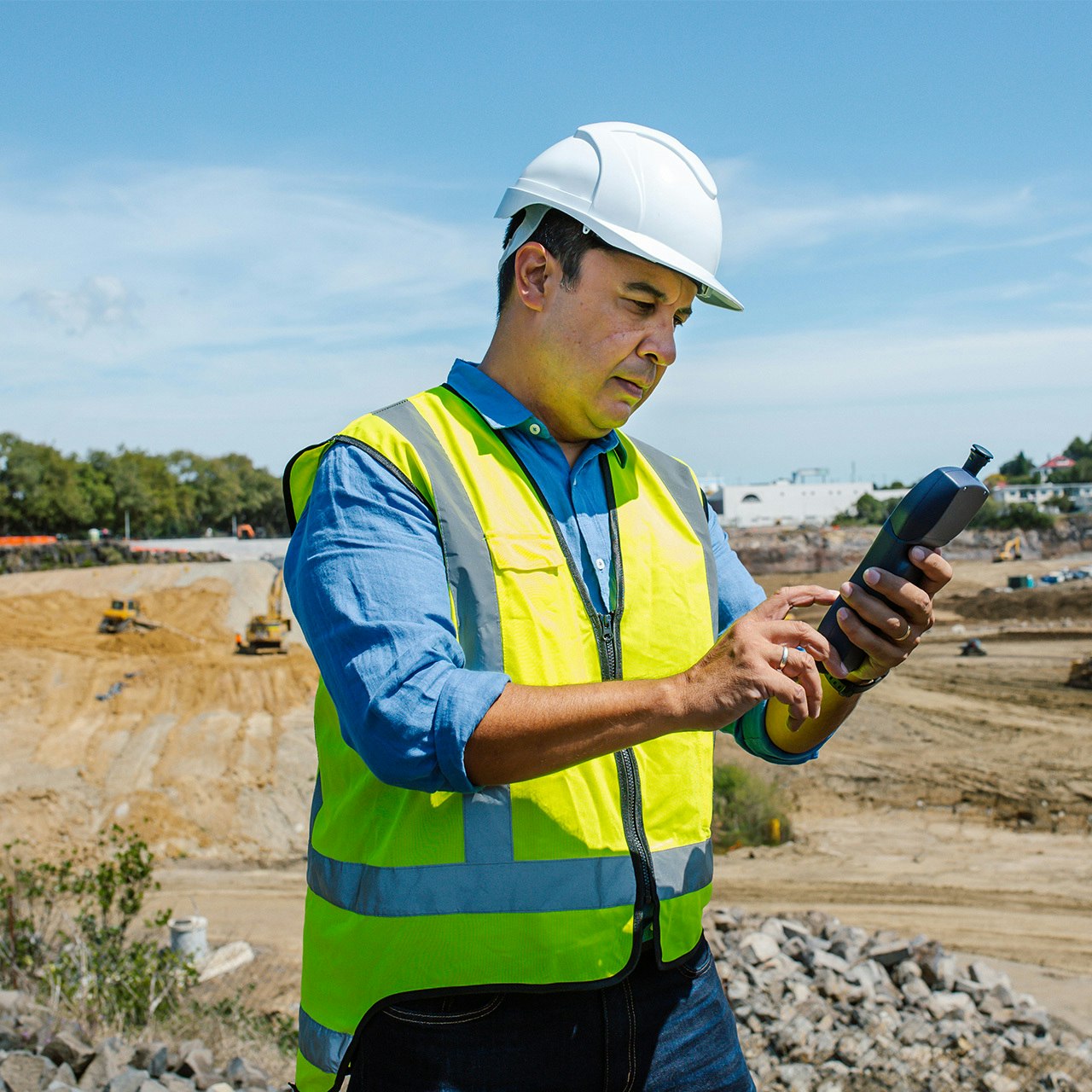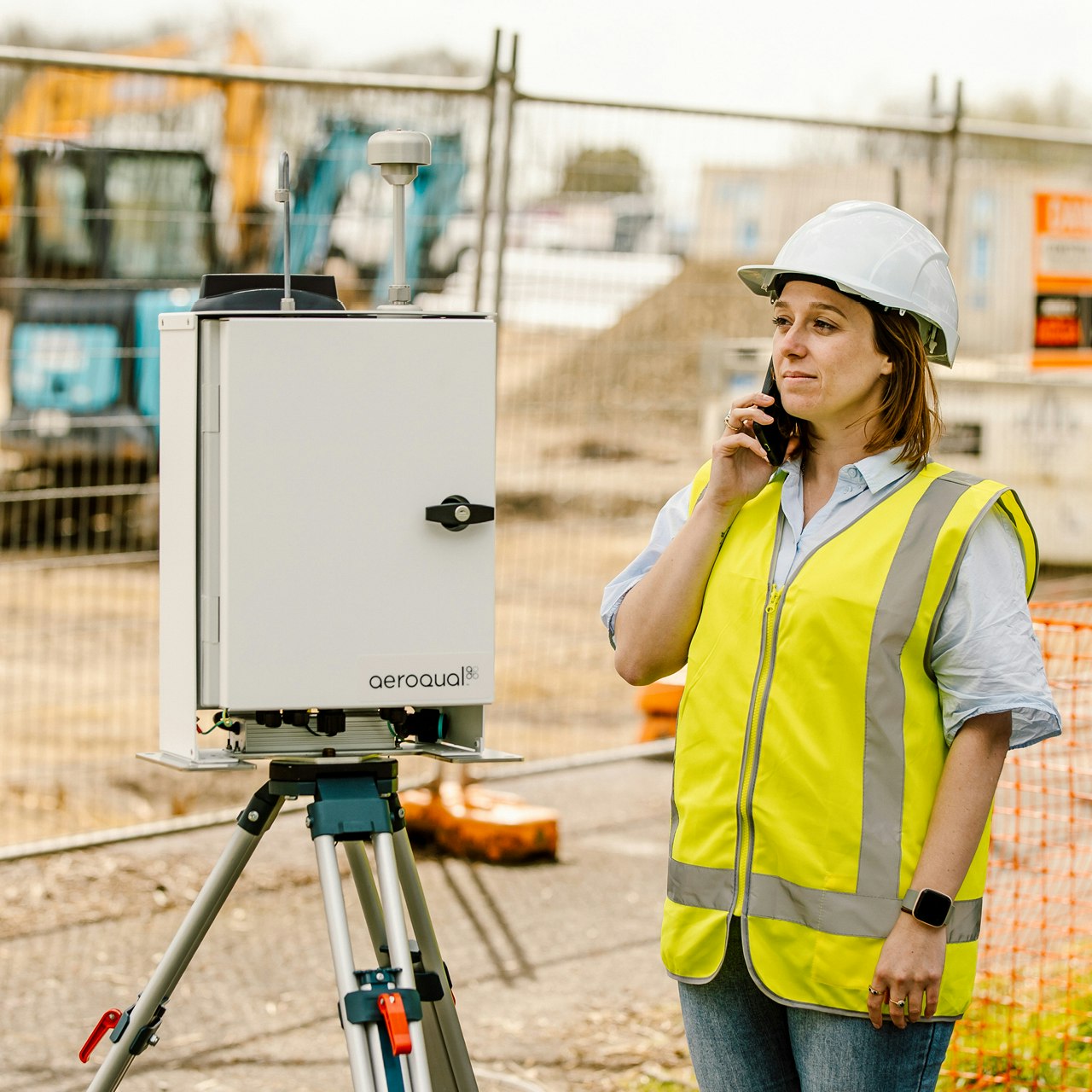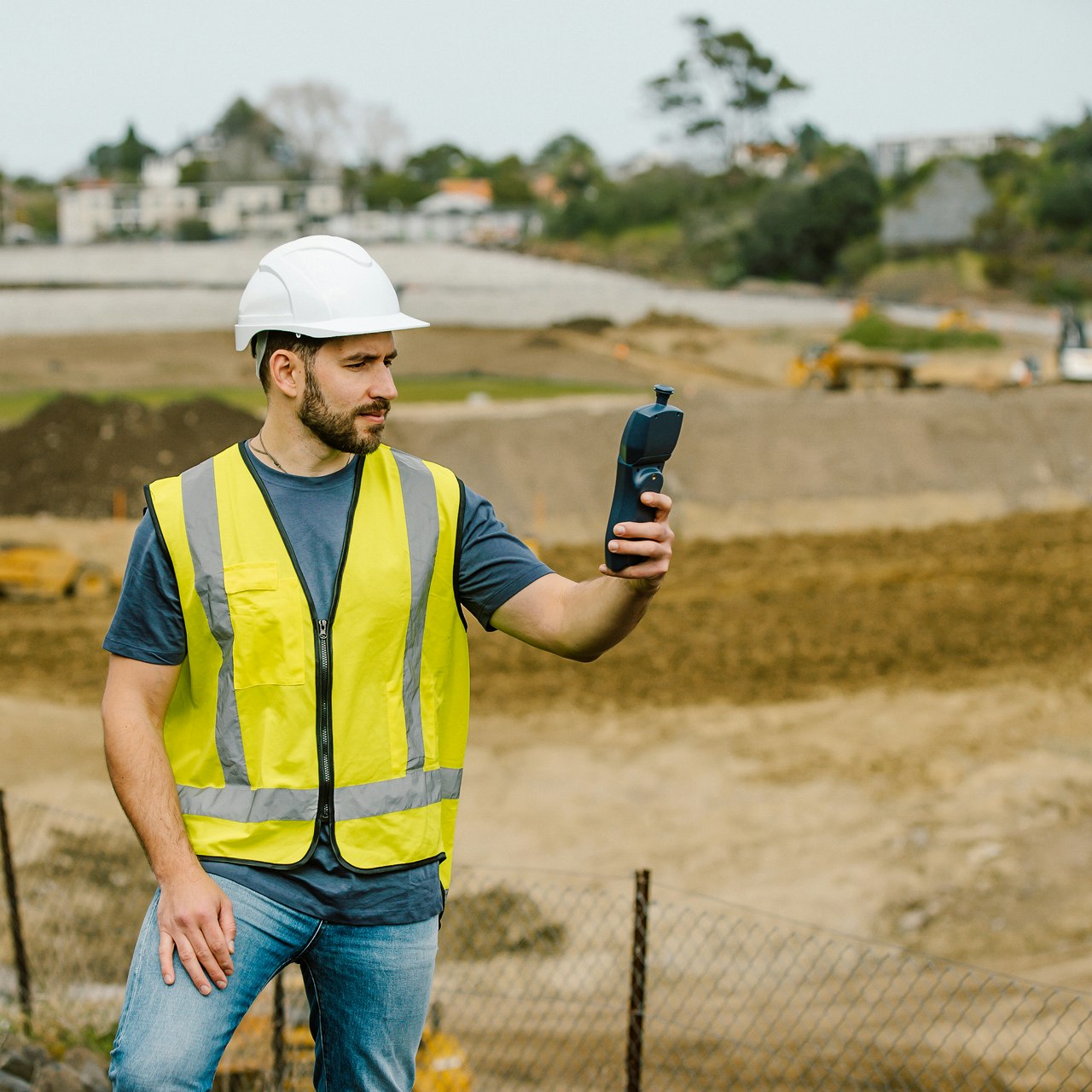Blog
An updated guide to Rule 1466 air monitoring compliance for Southern California: What Environmental Consultants need to know.
Article Details
Last Updated
31 July 2025
Published
29 July 2025
Category
Company
If you're working on Remediation or Brownfield redevelopment projects in Southern California, chances are you've come across the South Coast Air Quality Management District's Rule 1466.
Though the regulation has been around for over a decade, the expectations for compliance are always evolving.
Whether you're a seasoned consultant or managing your first Rule 1466-regulated project, here’s what you need to know in 2025 to stay compliant.
Rule 1466
What is Rule 1466?
Rule 1466 is a regulation from the South Coast Air Quality Management District (SCAQMD) designed to minimize off-site dust emissions from soil that contains toxic air contaminants. It applies to a wide range of earth-moving activities at sites designated by agencies like:
- DTSC (Brownfields or Cleanup sites)
- U.S. EPA (Superfund sites)
- Regional Water Boards
- Local authorities managing hazardous materials releases
If you’re disturbing contaminated soil, this rule probably applies.
Who Needs to Comply?
The owner, or operator, whoever is responsible for performing earth-moving activities like excavation, grading, stockpiling, loading, or handling on qualifying sites.
Rule 1466 specifically targets projects that disturb more than 50 cubic yards of contaminated soil containing compounds like arsenic, cadmium, hexavalent chromium, lead, PCBs, and others listed in Table I of the rule.
What Does Rule 1466 Require in 2025?
1. Real-Time PM₁₀ Monitoring
- You must continuously monitor PM₁₀ (particulate matter ≤10 microns) using SCAQMD-approved monitors.
- At least two monitors are required: one upwind and one downwind.
- Since 2022, you must:
- Collect 1-minute interval data
- Calculate rolling 2-hour averages
- Use monitors with heated inlets and data logging systems
- If dust levels exceed 25 µg/m³, you must stop work and act immediately.
Click here to watch our Webinar on South Coast AQMD Rule 1466 approved monitors
2. Dust Control Measures
- Actively wet the soil to suppress dust.
- Use fencing and wind screens around the site.
- Cap vehicle speed to 15 mph, install wheel wash systems, and remove track-out daily.
- Monitor wind speed and stop work during high-wind events (>15 mph avg / >25 mph instantaneous).
3. Recordkeeping and Notification
- Submit initial notifications to SCAQMD at least 72 hours before starting work.
- Submit updates for changes to start date, exemption status, or project completion.
- Report exceedances within 72 hours.
- Maintain detailed records of:
- Dust control actions
- Monitoring results
- Instrument calibration
- Complaints and corrective actions
4. On-Site Dust Control Supervisor
- You need a trained, certified supervisor on site during all working hours — someone who can deploy mitigation actions on the spot.
Common Compliance Challenges
Even experienced consultants run into issues. Here are a few that pop up often:
- Not using an approved PM₁₀ monitor and learning too late it doesn’t meet Appendix 1 requirements.
- Trying to track dust manually instead of leveraging automated systems that calculate exceedances and log compliance data for you.
- Misplacing monitors or forgetting to update positions when wind direction changes.
- Missing a data point and having no defensible record of why (e.g. power outage, DAS failure).
- Losing time on reporting because data isn’t already formatted for the agency.
In a compliance environment that’s getting tougher each year, even small gaps can delay progress or risk fines.
Aeroqual Dust Sentry with Automated Site Contribution Reporting Tool - Irvine, California
How Aeroqual Simplifies Rule 1466 Compliance
At Aeroqual, we’ve helped hundreds of consultants make Rule 1466 compliance easy.
Aeroqual Dust Sentry PM₁₀ Monitor
Our Dust Sentry is fully approved by SCAQMD for Rule 1466 projects. It meets all Appendix 1 physical and performance requirements, including:
- Heated inlet
- Real-time, 1-minute logging
- Rugged, field-ready design
- High-precision PM₁₀ detection across a wide range of ambient conditions
This monitor is widely used on remediation sites across California and is backed by our expert team who know the Rule 1466 landscape inside and out.
OneView Air Monitoring Software
Pair Dust Sentry with Aeroqual OneView, our regulation-specific cloud software. OneView was designed with Rule 1466 in mind and includes:
- Built-in report templates tailored to SCAQMD Rule 1466
- Automatic calculation of site contribution using upwind/downwind logic
- Instant alerts (email/SMS) if PM10 levels approach or exceed 25 µg/m³
- One-click or scheduled reporting — formatted and ready for SCAQMD submission
- Real-time dashboards accessible from your phone, tablet, or laptop
- Support for automated switching between 30-min and 2-hour rolling averages during exceedances
You can even customize reports with your company’s logo, and automate delivery to your team or client inbox daily.
Together, Dust Sentry + OneView give consultants a plug-and-play system that’s already built to satisfy Rule 1466 requirements — and save hours of admin each week.
Final Word
Rule 1466 compliance is critical, not just for regulatory reasons, but to protect nearby communities from harmful dust exposure. While the rule is detailed (and enforcement is tightening), staying compliant doesn’t have to be hard.
With the right approach and the right tools, you can focus less on paperwork and more on keeping your projects moving forward.
Want to learn how Aeroqual can help you meet Rule 1466 requirements with confidence?
Let’s talk




